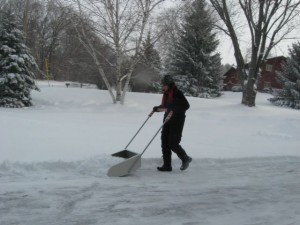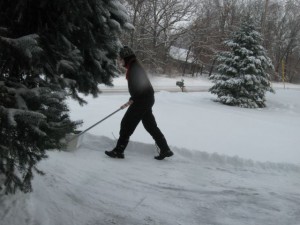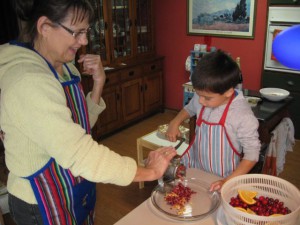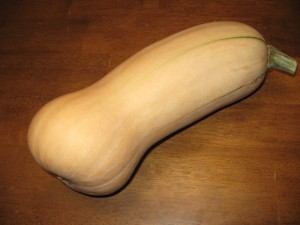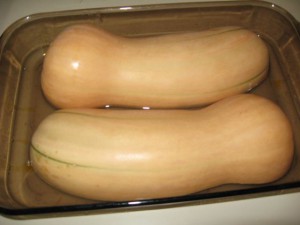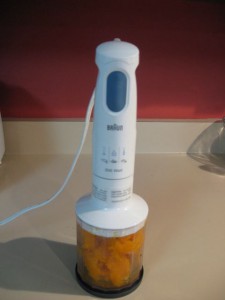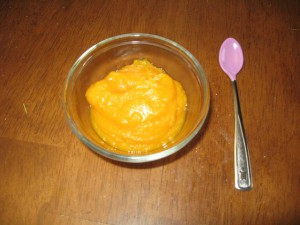Row, Row, Row for Your Back
We all have our favorite lifts. For some people it’s the squat. For other people it’s the bench press. For me it’s the row. I like the feel of working my inner back muscles, like the rhomboids, paraspinals and low traps. The biceps, rear deltoids and abdominals are also involved.
Let’s conduct an experiment. While you’re sitting and reading this blog, lift your chin up and stick your chest out. Now bend your arms to 90 degrees and bring your elbows back and together behind you. Be sure to keep your shoulders down so you’re not shrugging. Now squeeze. You can feel your chest stretch and your back muscles contract. Hold this for just a few seconds then relax. When you do, you’ll notice that your posture is better. You’re sitting up taller. You can breathe fuller.
Rows are functional and effective and engage many postural muscles. Compared to some pull-down/pull-up exercises, my shoulders feel secure and I have more control. Below are three of my favorite row exercises. To see more video demos for the back Click Here.
Take a dumbbell in one hand and bend forward from the waist until upper body is almost parallel to floor. Place one knee on bench and other foot on floor off to the side. Place your free hand on bench for support. Keeping your body steady and back flat, lift weight up to your side trying to keep the elbow in. Lower weight to start position. Be sure to exhale during the pulling phase and inhale during the lowering phase.
Put close-grip triangle bar around barbell. With your knees slightly bent and feet on either side of the barbell, bend over at the waist so that your upper body is slightly above being parallel to the floor.
Pull triangle bar straight up into your stomach.
Your back should be straight at all times and your body weight should be flat on feet.
Lower the barbell back to the starting position (arms fully extended). Be sure to exhale as you pull the bar toward your body and exhale as you lower it.
Sit down at a back row machine with both feet flat on floor or against crossbar. Lean forward against pad. Make sure seat height and chest pad are properly adjusted. Grab the handle with both hands. Draw it into your chest while keeping your back straight.
You should feel this in your shoulder blades. Return to the starting position (arms extended). Be sure to exhale during the pulling phase and inhale during the return phase.

